Freshwater Habitats Trust
Gathering eDNA data to reduce freshwater pollution in the River Ock

A collaboration between
Project Snapshot
Overview
Baseline ecological data is crucial in order to measure and monitor the impacts and successes of any implemented biodiversity management strategy.
Very little was known about the fish populations in the Ock catchment. FHT needed to rapidly collect information on fish assemblages from across the landscape so that measures to address pollution issues in the area could be undertaken and the results monitored over time.

The Challenge


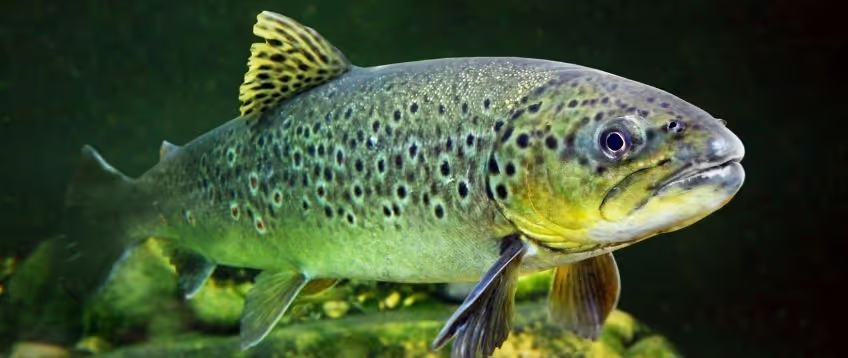
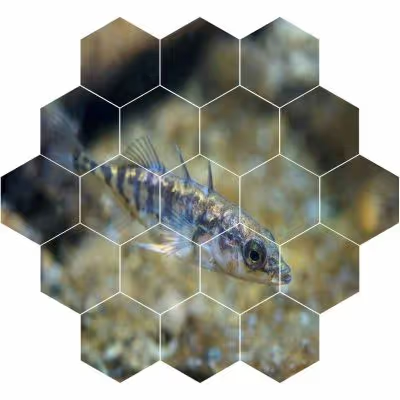
Our Role
Rapid Surveying Without Invasive Techniques
The Ock Arable Project and Freshwater Habitats Trust conducted an aquatic eDNA survey with NatureMetrics. As the aquatic eDNA kits are easy to use, no prior sampling experience was required so a project ecologist could collect samples easily and quickly whilst out on site.
Spread across the catchment are a range of springs, headwaters, ponds, small lakes, streams and rivers. The technique allowed for rapid surveys across a large landscape, including one sample from the river Ock and six of its small tributaries, meaning that no invasive methods were needed.

The Findings
FHT now intend to carry out further validations of eDNA methods with side-by-side comparisons of eDNA metabarcoding and conventional fish survey methods to develop localised understanding of how this new technology compares.
For the Ock catchment, Adam and the team plan to follow this project with regular eDNA monitoring which could be extended to include more taxonomic groups such as amphibians and invertebrates.

The Impact
An Invaluable Resource for Measuring and ProtectingBiodiversity
From seven aquatic eDNA samples, the highlights of the FHT baseline data included a total of 11 taxa detected, belonging to 6 orders, 7 families and 11 genera. The most commonly detected species was the three-spined stickleback (Gasterosteus aculeatus), a native species common in estuaries and coastal lagoons around Britain and Ireland.
The analysis also detected two species of note that can act as important indicators of freshwater ecosystem health:
- The European bullhead (Cottus gobio), an IUCN Redlist and annex II SAC species
- The brown trout (Salmo trutta), a popular commercial and angling favourite.





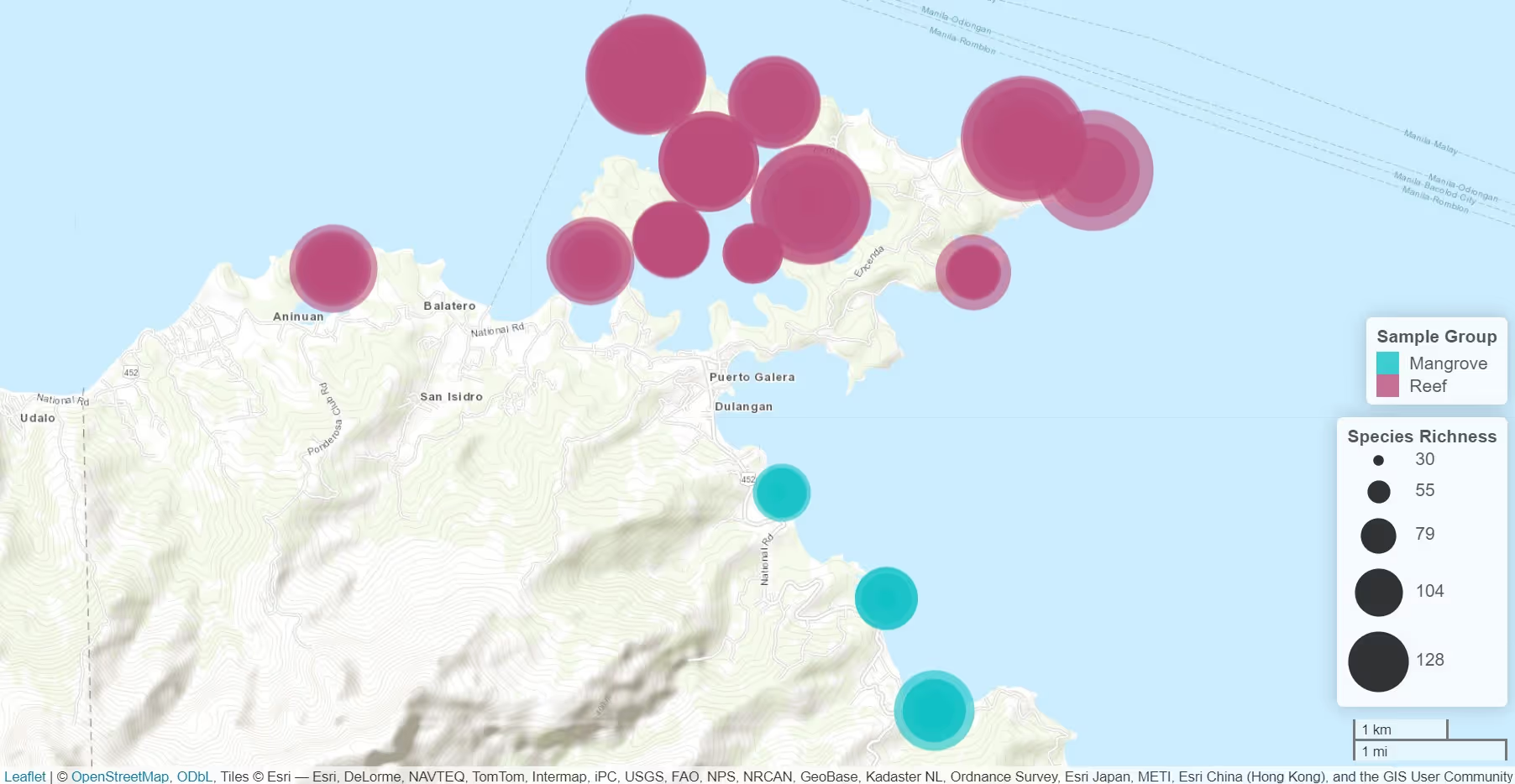
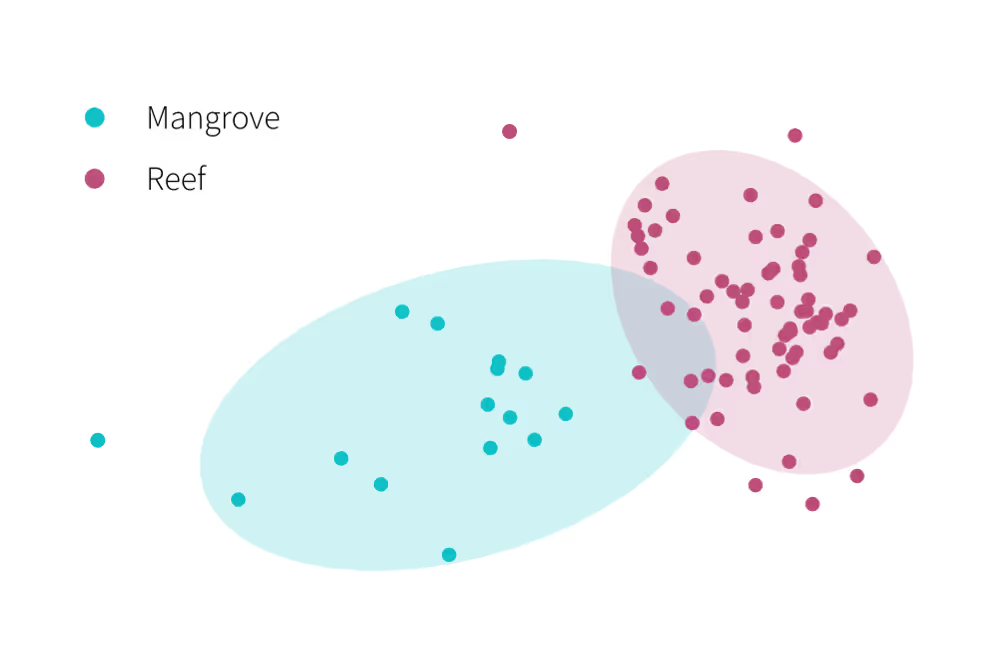
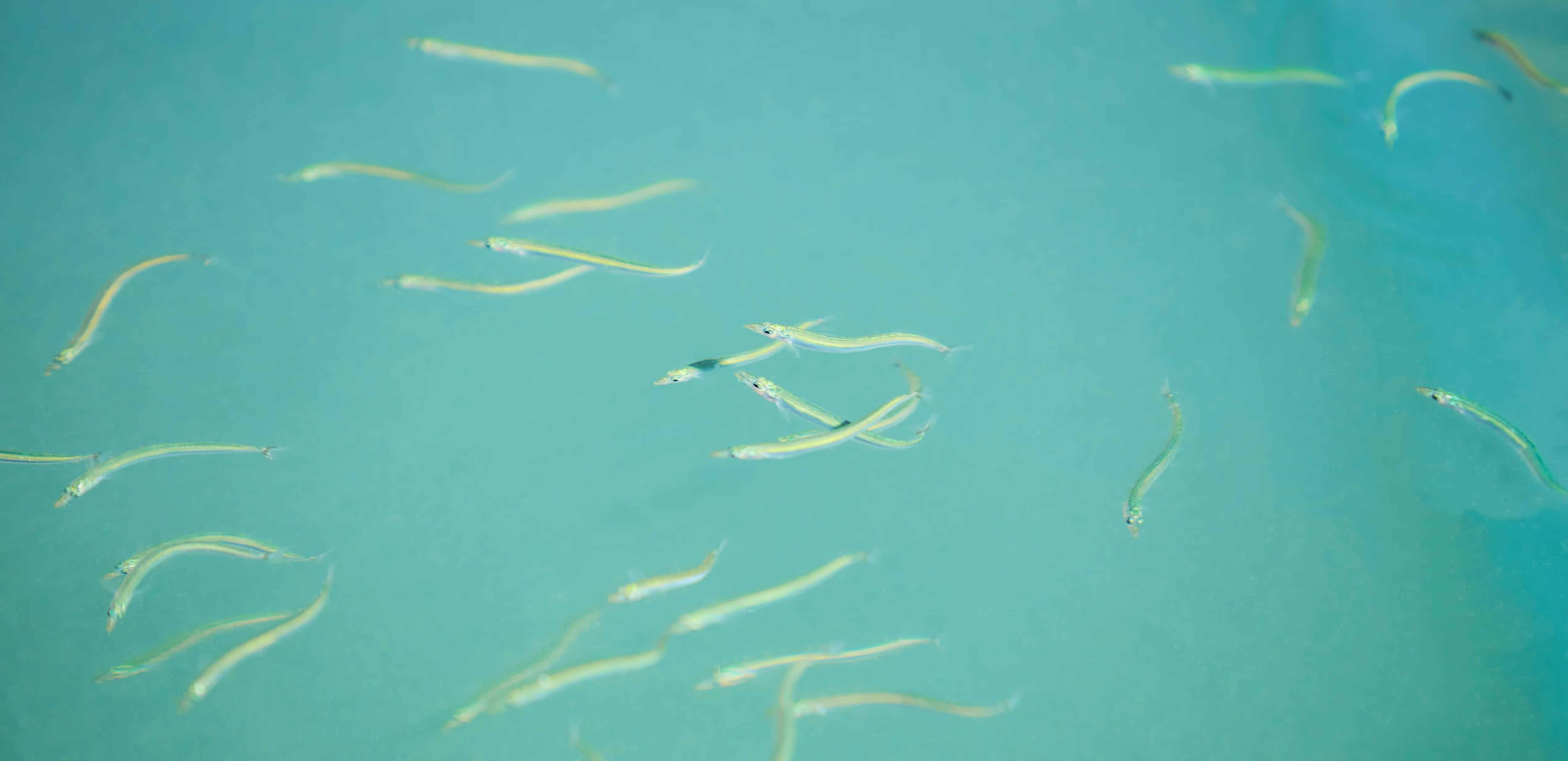
.avif)